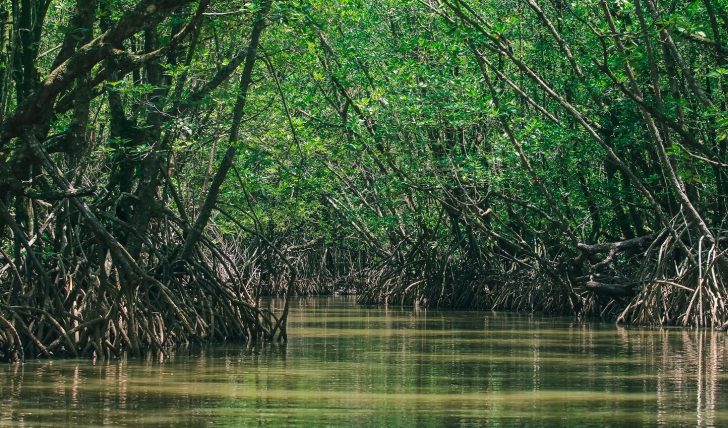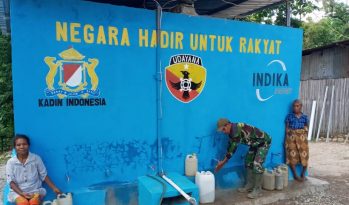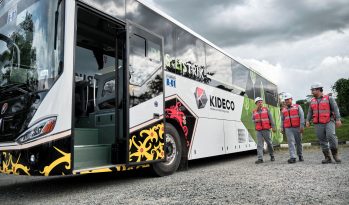
Mangrove Cultivation and Restoration
Mangroves are an important coastal ecosystem, and Indonesia is home to the largest extent of mangroves in the world. These brackish forests serve as important nurseries for a vast range of marine species, a bulwark against tidal erosion, a filtration system for heavy metals and other pollutants, and even protection against tsunami waves and storm surges.
They are also critical for the livelihood of local communities, which makes preserving them a worthy goal. In 2020, working together with local environmental NGOs, members of the Pokmaswas fishermen’s group and related stakeholders, Cirebon Power planted 5,000 mangrove trees in the Waruduwur area of Cirebon. In Kanci Kulon village, we have planted 50,000 mangrove seedlings at the mouth of the river, again in cooperation with the Jelombang Selar fishermen’s group. In some locations where the mangroves are dead or damaged, replanting was carried out. This coastal conservation activity started several years ago. As a result, the mangroves in the coastal area around our Cirebon coal-fired power plant have grown well and become a new ecosystem for coastal species. To date, we have planted more than 80,000 mangrove trees and 30,000 trees of other species.
MBSS also planted mangrove trees in 2020 together with its partner and local communities in Janju – Tanah Merah beach area and Pasir Mayang, in Paser regency. MBSS is currently assessing some initiatives to improve its environmental commitments, including exploring the possibility of using solar energy in some of its assets to further reduce carbon emissions.
Petrosea also initiated its reforestation program by planting 2,000 mangrove trees in the area surrounding Petrosea Support Facilities. Through this reforestation program, it is hoped that the company will contribute to environmental sustainability, especially around its operational areas.


